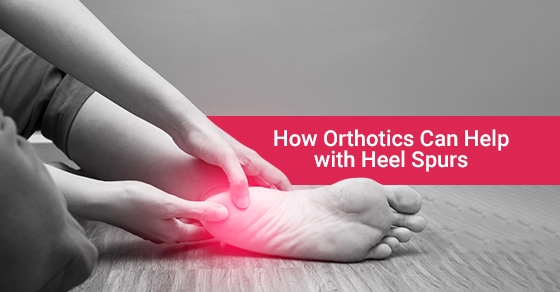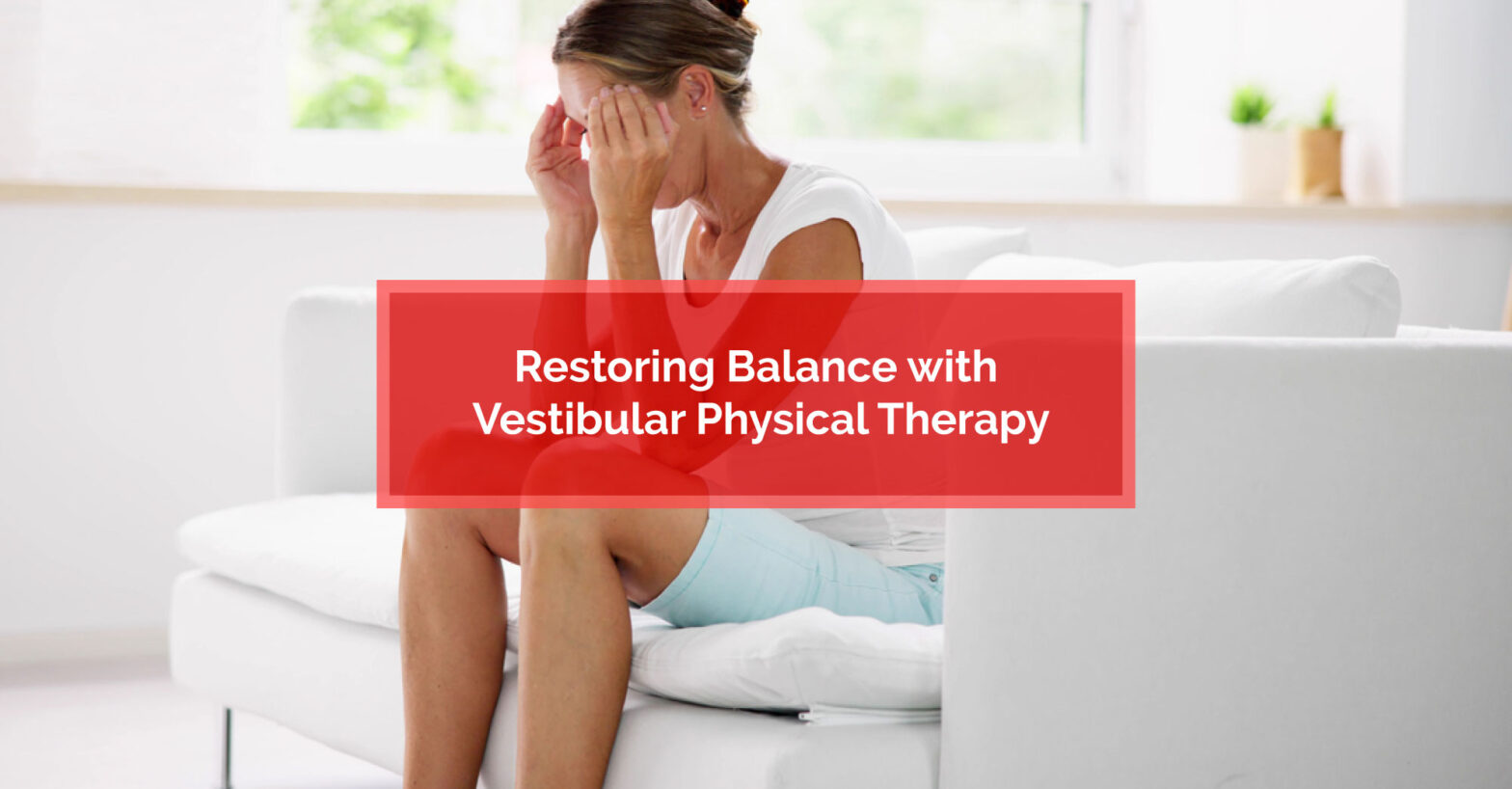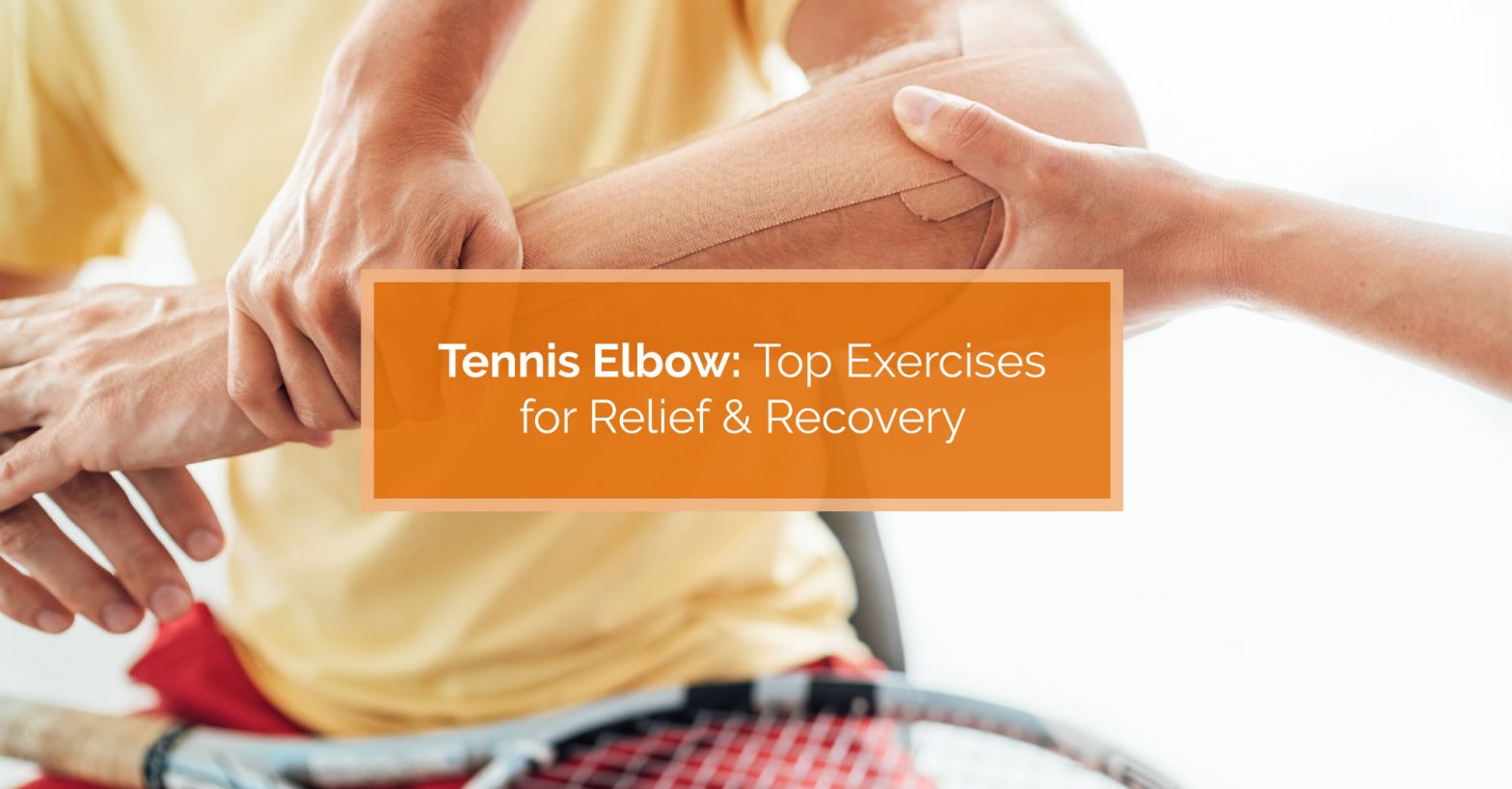Osteoarthritis Treatments: What You Need to Know...
Key Highlights: Osteoarthritis treatments focus on pain relief, restoring joint…
Read More
Posted by Dr. Scott Wilson | 14-Nov-2018
Heel spurs are growths of bone that appear on the bottom of your heels. Though the spurs themselves aren’t usually very painful, they can – and do – cause significant pain in the heel and are often present with other conditions pertaining to foot pain. Heel spurs are most noticeable in the morning when stepping out of bed; the pain can be described as sharp isolated pain directly below the heel. If left untreated, heel spurs can grow and become a long-term problem.
What Causes Heel Spurs?
Heel spurs can be the cause of a muscle and/or ligament strain in your foot. Your heel and the ball of your foot are connected to one another by a long band of tissue. This band, called the plantar fascia, is what creates the arch of your foot. If that tissue gets stretched too hard, it can result in heel spurs. They can also occur when the membrane that covers your heel bone gets worn away due to ill-fitting shoes, carrying excessive weight, or an imbalance of some kind in the way that you move.
If you have a family history of foot problems, are significantly overweight, and/or spend long periods of time standing or walking on hard surfaces, you are also going to be susceptible to heel spurs. Likewise, if you’ve been wearing shoes especially – ill-fitting ones – decreased strength in your foot and poor movement mechanics will also leave you vulnerable to this type of injury.
How to Treat Heel Spurs
Common recommendations for treating heel spurs include icing the affected area as well as anti-inflammatory medications or even cortisone injections. However, these will just alleviate discomfort, not solve the fundamental problem. To resolve the problem permanently, you need to restrict the movement of your plantar ligaments. Shoes that are flexible will only aggravate the condition.
To permanently resolve heel spurs, you need to support and restrict the movement of the plantar ligaments. Flexible shoes will aggravate and often contribute to heel spurs.
Instead of spending enormous amounts of time and money shopping for just the right type of shoes only to end up with disappointing results, many experts recommend a rigid orthotic. Your best approach is to purchase an orthotic support that’s specifically designed to target both the symptoms and the causes of heel spurs.
With a properly fitted orthotic, you’ll be able to walk pain-free again as well as save time and money. Orthotic insoles can be easily placed into any pair of closed-toe shoes and worn throughout the day to treat pain from heel spurs and prevent damage to the heel pad. Look for thick inserts for heel spurs that won’t collapse or fold easily.
Tips to Keep in Mind When Wearing Orthotics
If you have been fitted with an orthotic for the first time, the suggestions below will help you manage the transition:
What wearing orthotics will not do is “cure” the problem of heel spurs. Wearing orthotics is similar to wearing eyeglasses; some people only need to wear glasses when they are doing certain things like reading or driving, while others are virtually blind unless they wear them all the time. The point is, when you’re not wearing glasses, the problem they correct is still there. The same holds true for orthotics – they correct foot function, not the actual foot problems. An orthotic insert will reposition your feet in order to relieve discomfort, but when you’re not wearing them, the pain can reappear.
At Physiomed, we believe that small changes can have a huge impact. When it comes to looking after your feet, our team of experts can help. We have the knowledge and experience to find the solution that’s right for you and get you back to enjoying your active life. We’ll run a full series of tests that will pinpoint the cause and the source of your foot problems and recommend the best way to move forward.
To find a clinic near you and book an appointment, contact us today.

Key Highlights: Osteoarthritis treatments focus on pain relief, restoring joint…
Read More
Key Highlights: Runner's knee, or patellofemoral pain syndrome, is a…
Read More
Key Highlights: Upper back and neck pain can be caused…
Read More
Key Highlights: Many people want to lose belly fat for…
Read More
Key Highlights: Vestibular physical therapy, or physiotherapy, is a specialized…
Read More
Key Highlights: Tennis elbow, or lateral epicondylitis, is a condition…
Read More